Due to our determined supporters and hard-working volunteers, Wild Paws has accomplished quite a few milestones since welcoming our first residents in 2021, and we have reached Phase 5 in our facility planning. Since December of 2020, we have had resident housing and a caretaker living onsite. Ongoing facility planning keeps us on task to provide a home for life for displaced wild animals.
When we heard that Finneas the fox needed a home for life, we got busy clearing an area and building his first acclimation habitat. Volunteers built an insulated den to ensure Finneas’ safety and warmth. Finneas arrived in January of 2021 and quickly adapted to his new life at Wild Paws.
A few months later, we received the call for Alfalfa. At that time, we reached out to our volunteers and a crew of 12 people built the second acclimation habitat and the introduction area in one day. This is impressive not just because our volunteers rock, but because of all of the work this entailed. As Finneas went offsite for a full vet exam, the area was excavated and then smoothed out before the underground flooring was placed and recovered with dirt. This is for safety reasons, as foxes like to dig and this places a safety barrier to prevent them from digging too far.
Volunteers building a habitat at Wild Paws
The acclimation habitats were built with prefabricated panels and everything was secured with additional hardware. Support beams were then placed, as well as ceiling panels. A second secured lockout area was built and double door entries were installed. It was quite magical to see this all happen so quickly and in just one day.
We were now ready to welcome Alfalfa. If you have followed their story, you know Finneas and Alfalfa acclimated quickly to each other and are now living as roommates. We are fortunate to have an experienced animal care team that consists of our Medical Director, Animal Curator, and dedicated volunteers who take care of our residents on a daily basis. The animal care team works closely to create our husbandry practices. Considerations for best care requires the team to meet regularly to continue to advance what we provide to our residents. This includes discussions of their nutritional needs, health status, enrichment considerations, behavioral plans, environment and overall welfare.
Due to the generosity of one of our corporate supporters, we also accomplished having electrical installed inside the perimeter fence area. The next step is to build the boys their permanent habitat. We excavated the area last year and have planned various enrichment and housing options for the foxes. We fundraised the projected amount needed to build and raised $16K in 2021.
Unfortunately, due to the supply and demand issues we are all facing, and especially in the rise in cost of building materials, the cost to complete this project has doubled. Steel prices went up 200% in 2021. Anyone who was in the process of building a house or an addition also knows the cost of wood and other supplies skyrocketed as well.
Price of Steel Chart, Credit to Lance Lambert · Source Marketwatch
https://fortune.com/2021/07/08/steel-prices-2021-going-up-bubble/
We are ready to start building the permanent habitat and with the money raised so far, we will be able to have a fencing company install the poles, brackets and gates needed for the secured area in the next few months. As we raise additional funds, we can then buy the materials needed to complete the project. These materials include approximately 60 sheets of steel fencing, incline brackets, prefab panels for shift areas and other supplies.
Our volunteers will start completing the rest of the habitat after the poles get placed. They will install the chainlink flooring and the cattle panel walls. Due to very generous donors, we have secured a large amount of the chainlink materials needed for the flooring. However, we are still continuing to look for donations of chainlink. If you know anyone replacing a fence in their back yard or elsewhere, we can accept donations of minimum 3’x3” pieces, and up to 8’ rolls.
Volunteers taking down and collecting donated chainlink
It is our mission to provide every animal we rescue the most natural space possible. Features of the fox habitat will include:
Chainlink flooring underneath for safety reasons
Live standing trees for shade
Logs for climbing and resting
Permanent enrichment features i.e. boulders, platforms, underground digging opportunities, etc.
Concrete culverts for tunnels
Secure and private shift areas with dens
This spring, we will also start a dietary garden within the perimeter-fenced area. Future goals we hope to accomplish as soon as possible include hiring a contractor to pull a water line out to the perimeter area, and constructing an Animal Care building so all food, enrichment items, crates and additional supplies are closer to the habitat area. Upon completion of the fox habitat, we will start building additional habitat areas to be able to provide for future residents in need.
We Have Received So Many Requests To Rescue Animals In Need. Knowing There Are Animals In Need Right Now Is What Propels Us Everyday To Work Hard And Accomplish Our Goals. We Are So Grateful For Our Supporters Who Have Helped Us Accomplish So Much, But There Is Much More Work Ahead.





